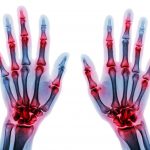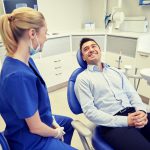
Why would the Complete Health Registered Dental Hygiene team find themselves in inter-professional collaboration with the Certified Lifestyle Coach? The answer begins with understanding that the war raging inside of us is between chronic inflammation and the body’s own host response. We’re not aware of this war because it doesn’t hurt, and we can’t see its effects since it’s going on at a cellular, even a molecular level.
The mouth happens to be a major battleground in this war. Unlike a ...
Read More






